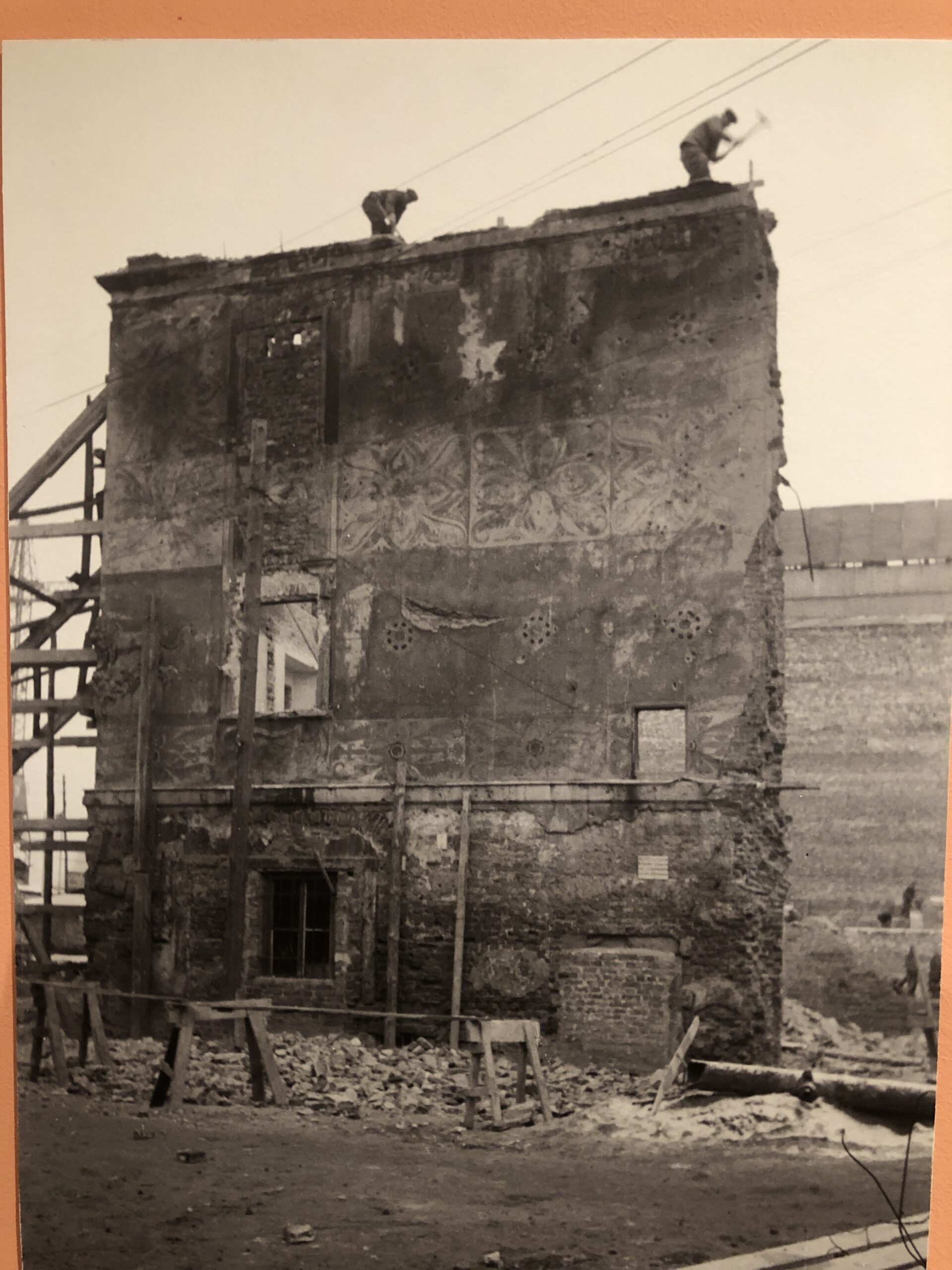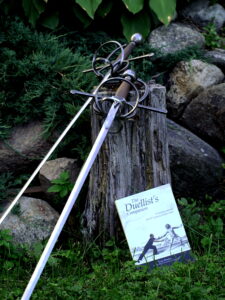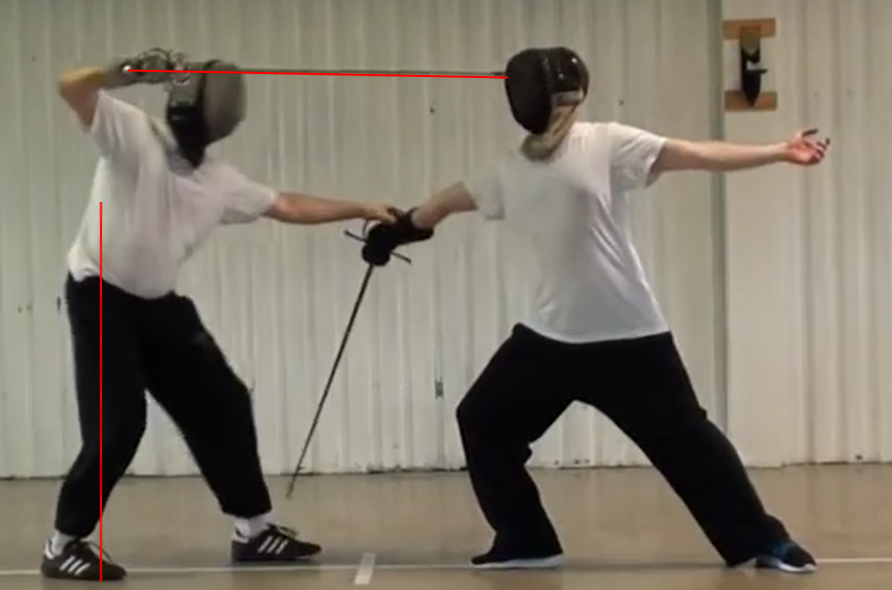This post is intended to be useful to the attendees at the recent seminar I taught with Chris Vanslambrouck in Madison, Wisconsin. It may also be of interest to folk who couldn't make it.
First up, huge thanks to Heidi Zimmerman who organised the seminar. It literally couldn’t have happened without her. And thanks also to Chris Vanslambrouck, who co-taught the seminar, with related plays from Meyer. Given that there was also a lot of Meyer technique being taught that weekend, it’s a miracle we covered so much ground, so hats off to the students. I’ve assembled a list of the material we covered, some planned, some answers to questions posed by the students.
Table of Contents
ToggleSaturday: Fiore Longsword
We started with the most basic blows, and saw how they created the guards.
The blows were:
- Mandritto fendente
- Roverso fendente
- Mandritto sottano
- Roverso sottano
- Thrust
You can find a more complete version of the drill we used here:
And the guards they created were:
- Posta di donna destra,
- Posta di donna lasinestra,
- Posta longa,
- Tutta porta di ferro,
- Dente di zenghiaro, coda longa
You can find all the guards here: https://swordschool.com/wiki/index.php/The_12_guards
We then did a parry and strike from donna, against the mandritto fendente, and a parry and strike from dente di zenghiaro, against the same blow. The latter is the beginning of our Second Drill:
This lead us to the universal counter-remedy: the pommel strike (as shown in the 8th play of the master of coda longa on horseback).
We then defended against thrusts with the Exchange of thrusts:
Then Breaking the thrust:
In the afternoon session we covered the rear-weighted guards (donna and fenestra), and briefly went over the 3 turns (volta stabile, meza volta, tutta volta), and the four steps (accrescere/discrescere; passare/tornare).
We then did a not-very-deep mechanical dive into the guard bicorno, including how to use it to prevent an exchange, and as a feint. This included an introduction to the woman in the window drill:
We finished up our survey with the 4 corners drill: https://swordschool.com/wiki/index.php/Four_corners_drill
All of this material can be found in book form in The Medieval Longsword, as an online course here.
Capoferro Rapier
The following day, Sunday, we did a pretty thorough overview of Capoferro's rapier. We began with basic footwork:
- passes,
- lunge,
- step,
- lean
Which you can find here:
Then played Hunt the debole (to get an idea of what the sword is supposed to be doing- keeping you safe!).
We then worked through Plate 7 (stringer on the inside, thrust through the left eye):
And plate 16 (stringer on the outside, thrust to the neck):
Plate 8 (slip the leg)
Plate 10 (enter against the cut),
Plate 13 (the scannatura)
And plates 17 and/or 19, the avoidances of the right foot or waist:
We also did a pretty deep dive on the mechanics of the lunge. We didn't video the Madison seminar, but I covered the lunge in a similar way in this seminar:
We also looked at the mechanics of passing, specifically the difference between the passing foot pointing forwards or out to the side.
Then we constructed a mechanically sound seconda position, starting from first principles. I covered this in a blog post, here: Function First, then Form
We then went through my system for teaching students the basic skill of parrying with the dagger, in four stages. You can find the four stages on this wiki page: https://swordschool.com/wiki/index.php/Rapier_and_dagger_drills
And we then applied those skills in executing Plate 23:
And then had a look at murdering left-handers in Plate 38:
All of this rapier material is covered in the Complete Rapier Workbook, and in the new Duellist’s Companion 2nd edition. If you prefer an online course, you can find it here: https://swordschool.teachable.com/p/rapier
Thanks again to the lovely Heidi for organising it, Chris for introducing us all to Meyer, and to the most excellent students.













